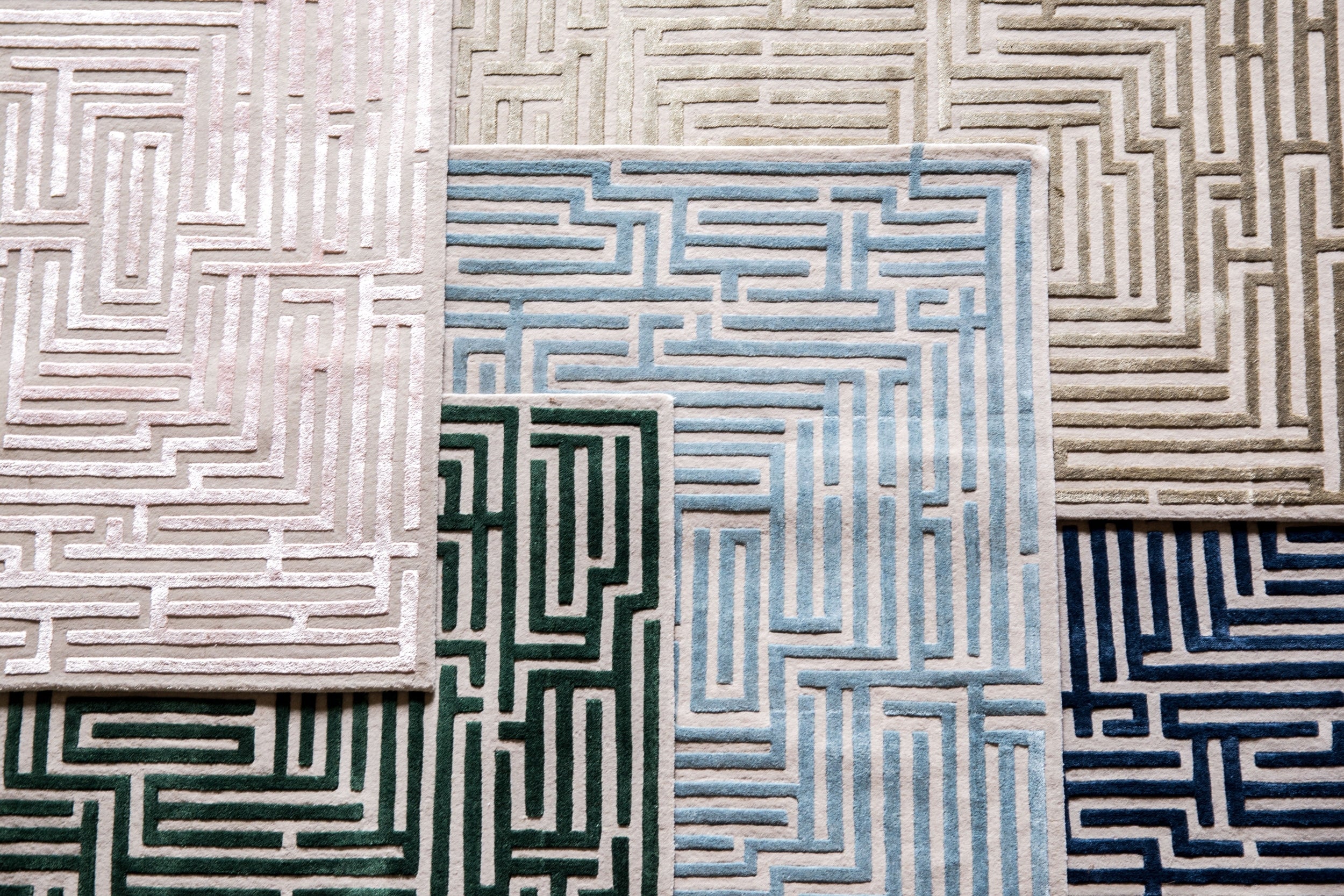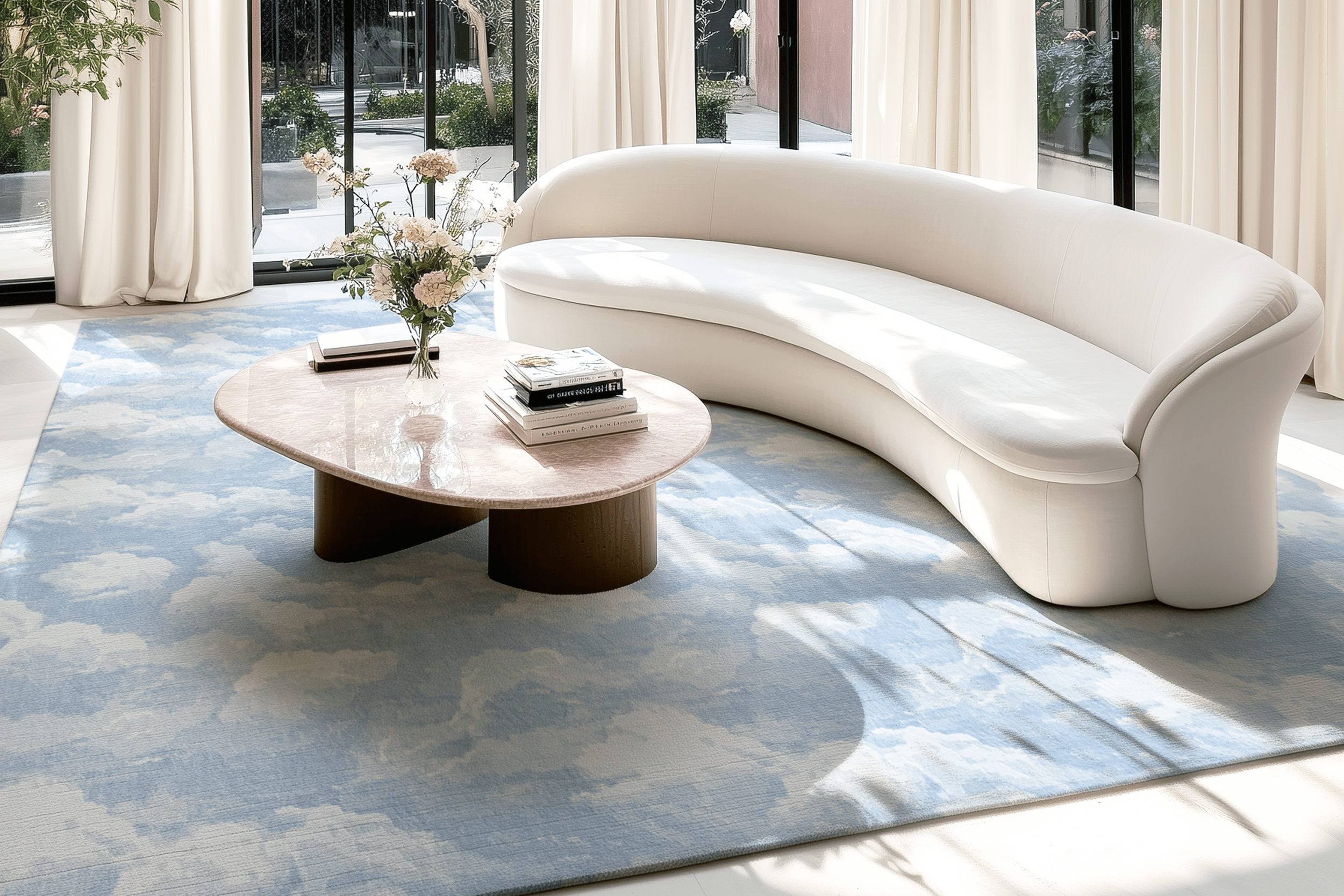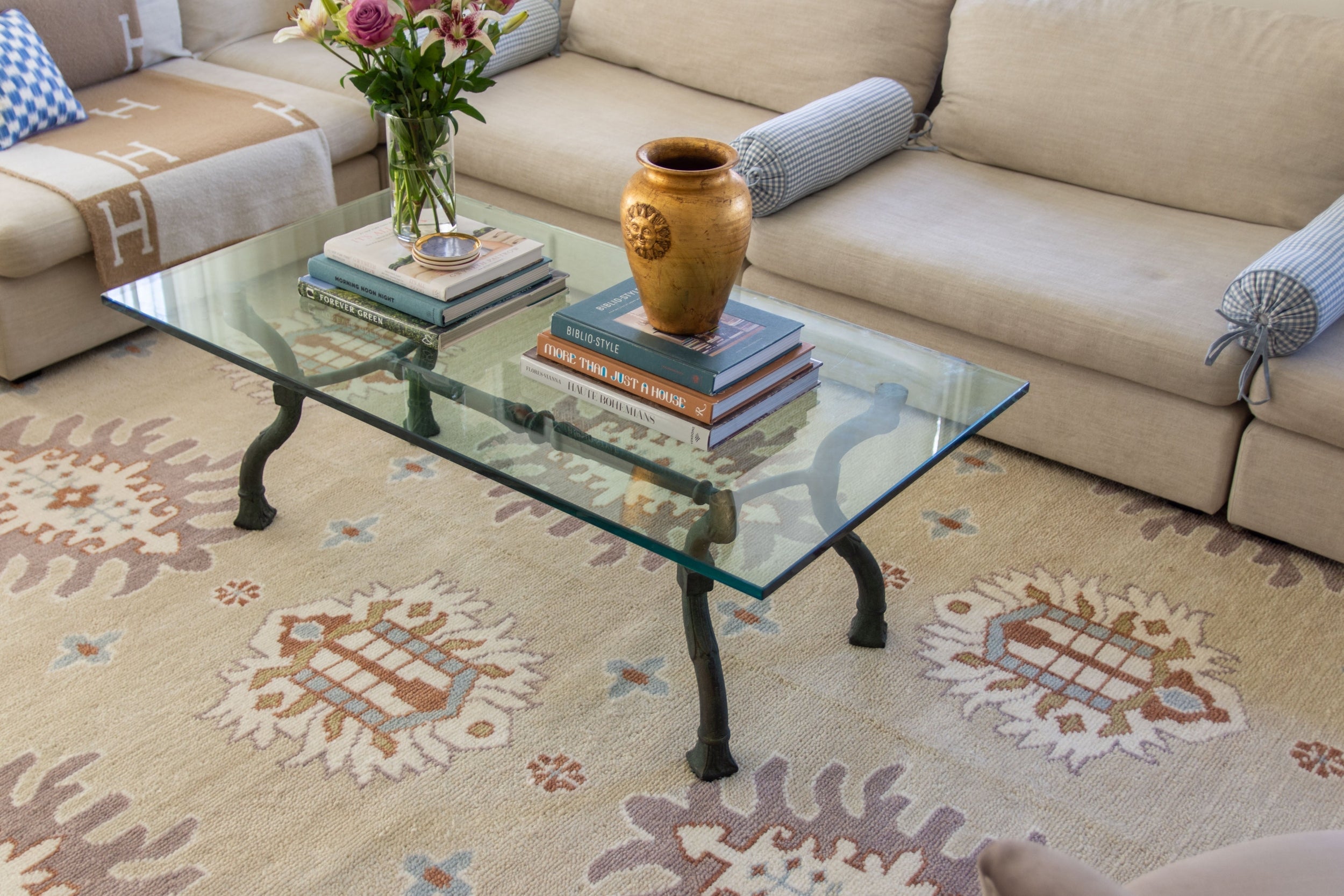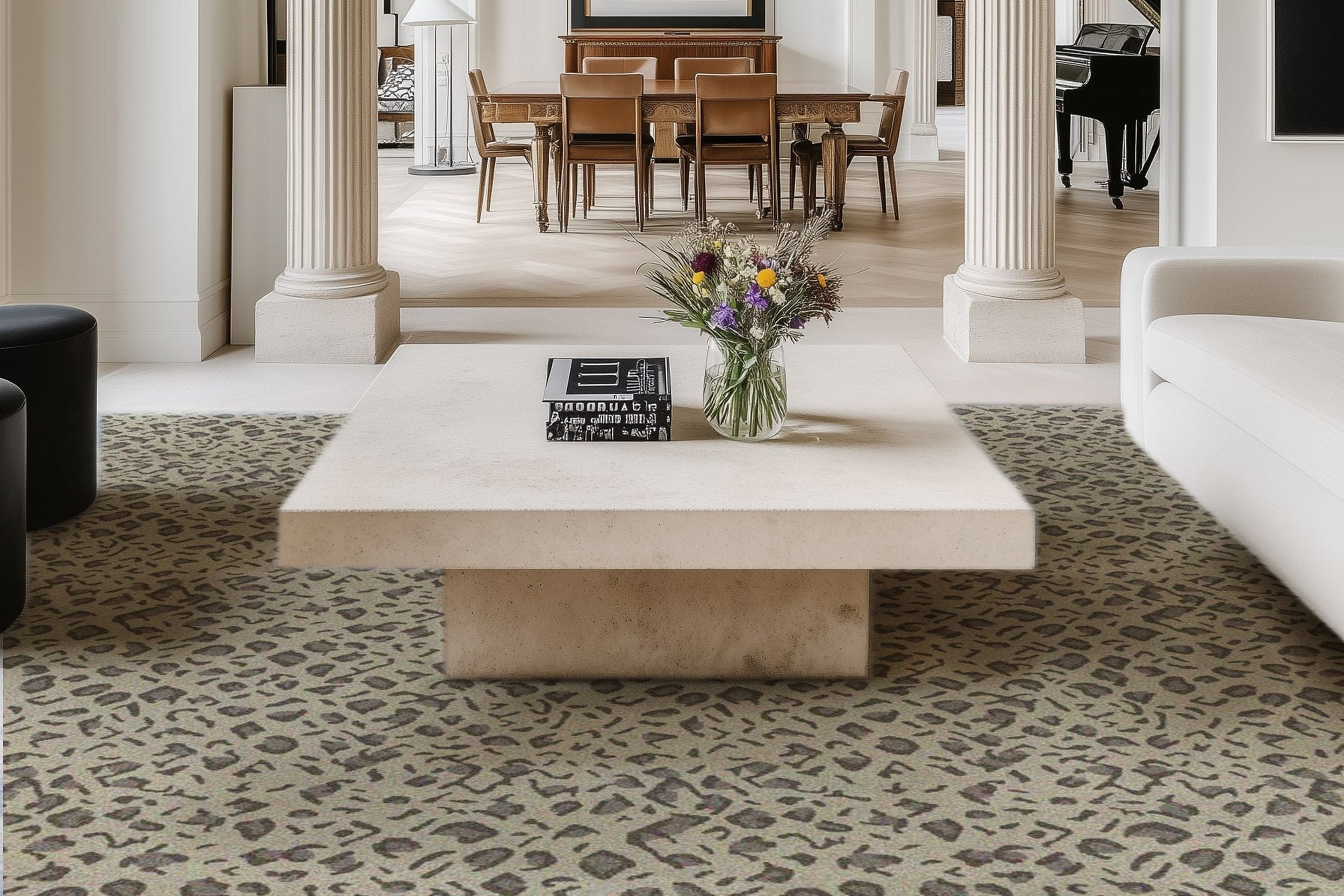Regency Furniture: Mixing Classic Style with Contemporary Design

Regency furniture represents a period in which there was a resurgence of classicism in furniture and interior design, characterized by its bold, symmetrical lines, intricate carvings, and use of high-quality materials like mahogany, ebony, and gilt. This iconic style flourished during the Regency period in England, from 1811 to 1820, when the Prince of Wales (later King George IV) assumed the role of regent during his father's illness. Today, designers and homeowners alike are rediscovering the timeless appeal of Regency furniture and reimagining it for modern living spaces.
One of the most exciting developments in Regency furniture is the emergence of the New Regency style, which combines the classic elements of Regency design with contemporary aesthetics and materials. This blending of old and new creates a fresh, eclectic look that is both sophisticated and approachable. New Regency pieces often feature unexpected details such as lucite legs or bright lacquered finishes that give them a modern edge while still honoring the traditional craftsmanship and proportions of the original Regency designs.

One of the most interesting aspects of New Regency furniture and interiors is the way it encourages mixing new-and-old pieces to create a layered, dynamic look. This approach allows designers and homeowners to showcase their individual style and personality by blending pieces from different eras and styles into a cohesive whole. For example, a sleek, contemporary sofa might be paired with a vintage Regency coffee table and a pair of modern acrylic chairs to create a chic, eclectic living room.
Another popular trend in New Regency interiors is the use of antiques with modern pieces. This approach adds depth and character to a room by introducing pieces with a sense of history and provenance. An antique Regency sideboard, for example, can be paired with a sleek, modern dining table and contemporary chairs to create a stunning juxtaposition of old and new. The result is a space that feels both timeless and of-the-moment.

Designing with Regency furniture requires careful attention to detail and a keen eye for balance and proportion. The key is to create a harmonious composition that highlights the beauty and craftsmanship of each piece while still achieving a cohesive overall look. This can be achieved through thoughtful placement of furniture, careful selection of materials and finishes, and attention to scale and proportion. For example, if you’re going to be making some changes to your current furniture pieces, make sure that you are looking at materials and finishes that will suit your overall design. You can look at floral upholstery fabric by the yard for example, covering your pieces to complete the look.
In conclusion, the enduring appeal of Regency furniture lies in its classic elegance and impeccable craftsmanship. By blending classic Regency design with contemporary aesthetics and materials, designers and homeowners can create a fresh, eclectic look that honors the past while embracing the present. Whether through the use of new Regency style pieces, mixing new-and-old pieces, or pairing antiques with modern designs, Regency furniture offers endless possibilities for creating beautiful and inspiring living spaces.
Browse by Category

Design Projects
Explore interiors from client work and personal renovations — layered, livable, and always in progress.
read more →
Collaborations
From product launches to styled spaces, discover the brand stories I’ve helped bring to life.
read more →
The Notebook
A growing archive of iconic designers, inspiring artists, and unforgettable design moments.
read more →
Travel by Design
Wander with a designer’s eye — from charming hotels and city guides to visual inspiration abroad.
read more →




